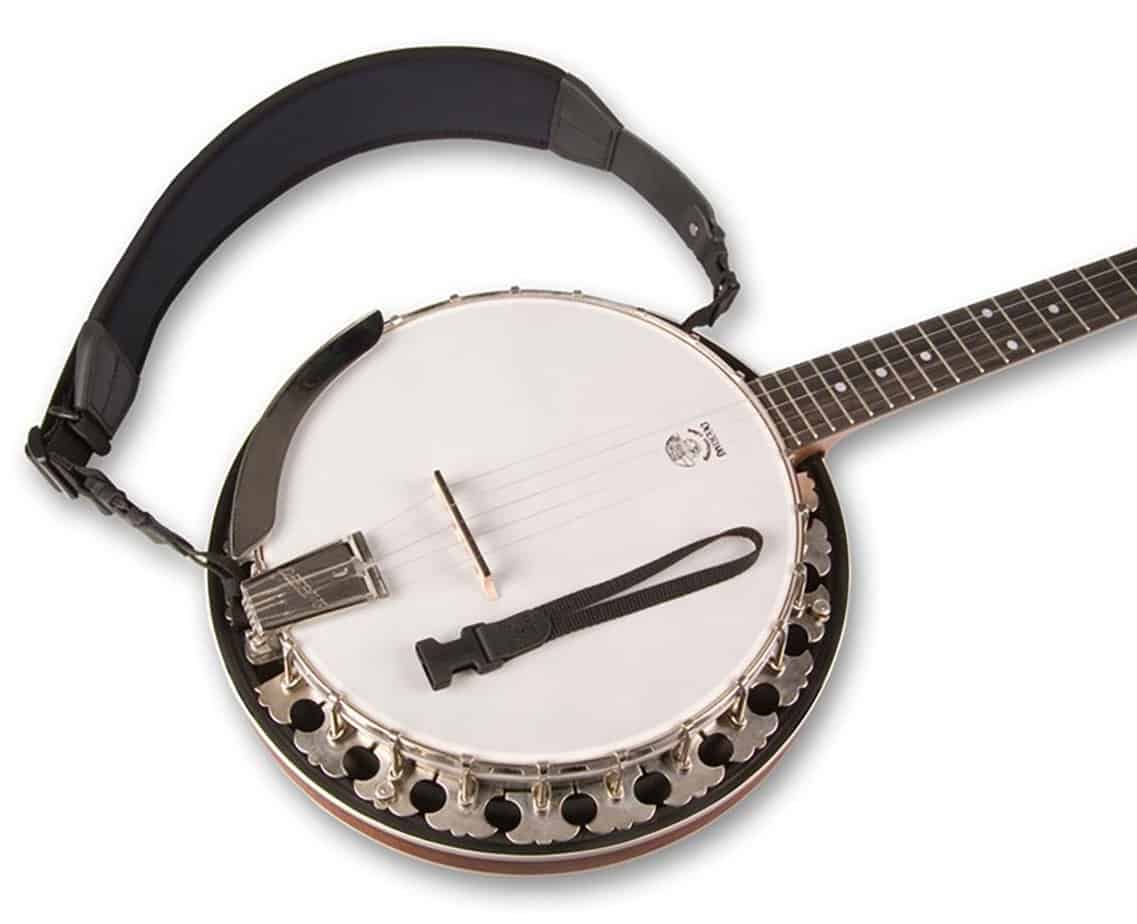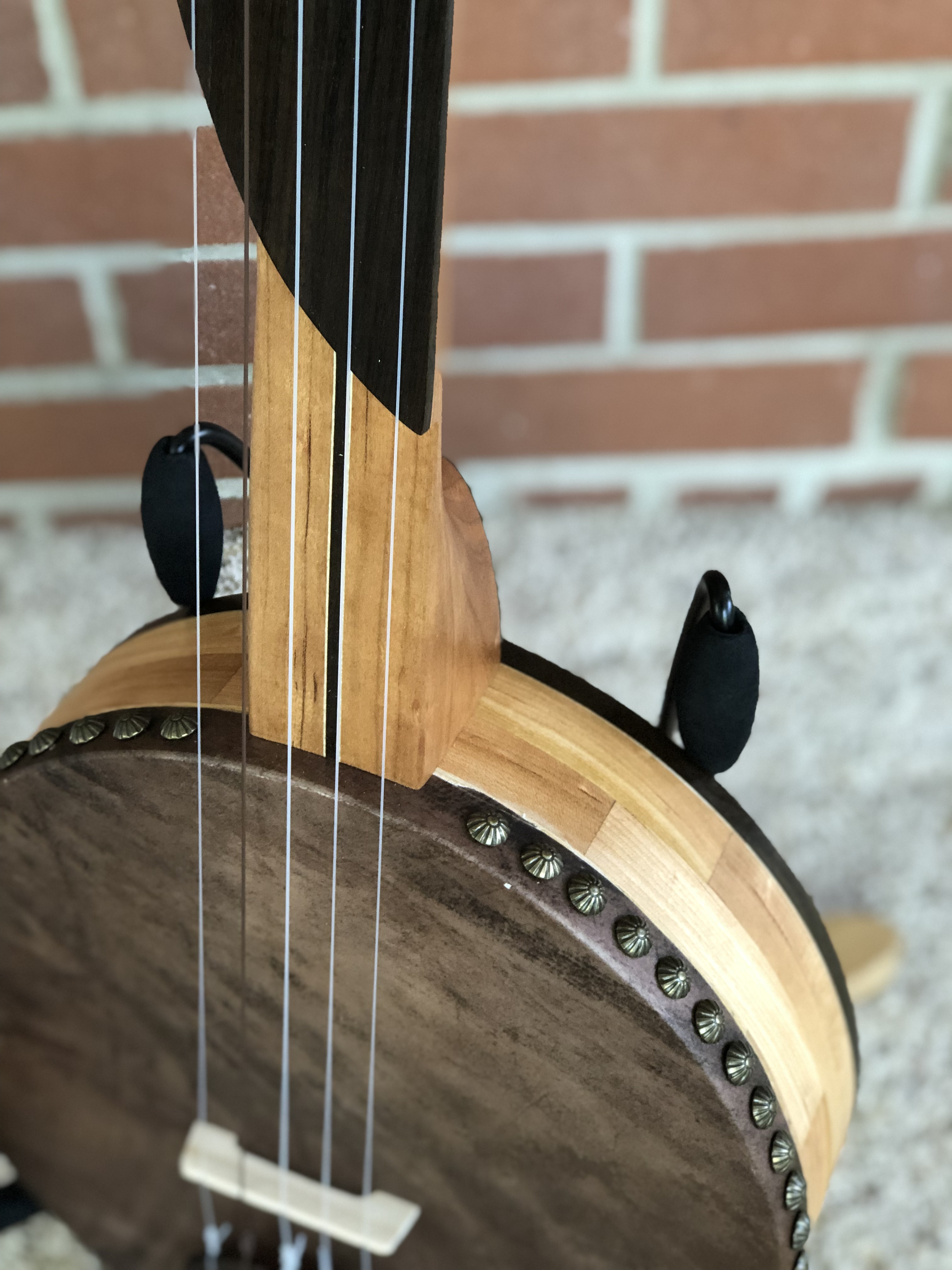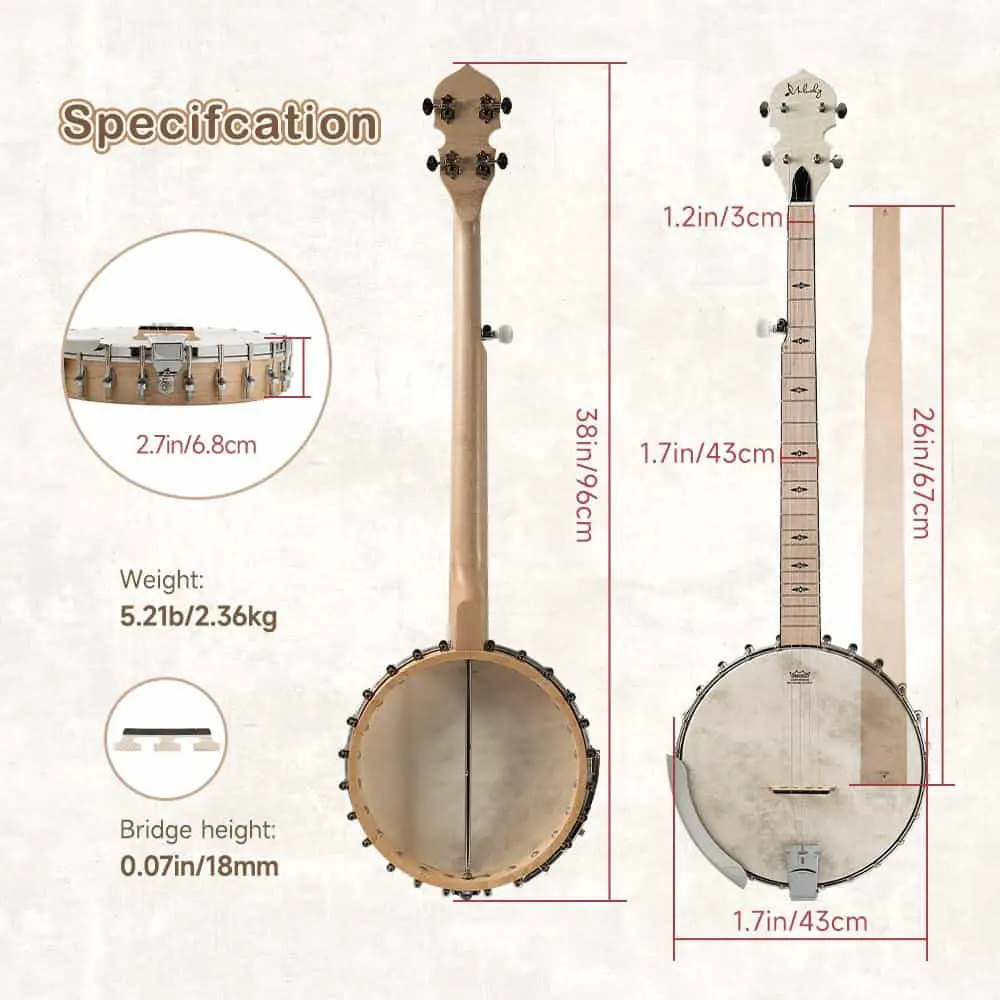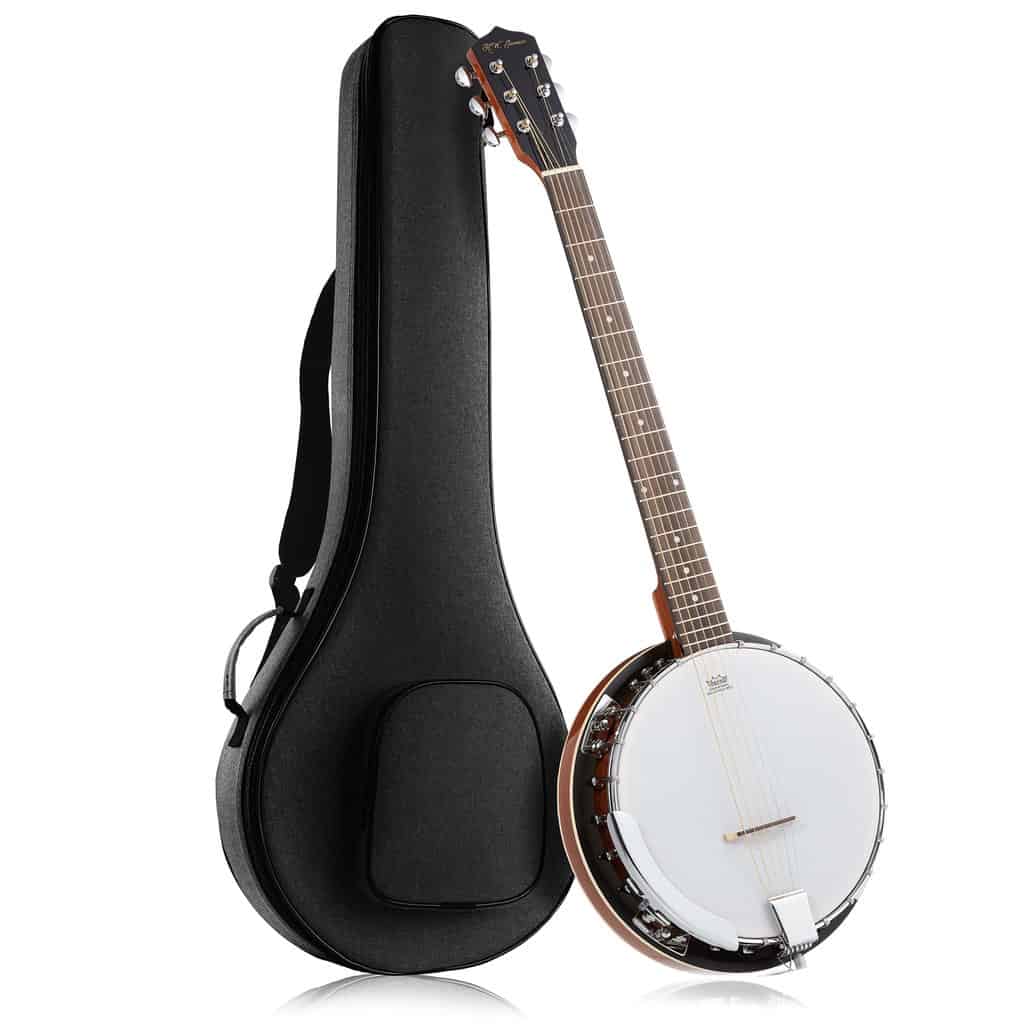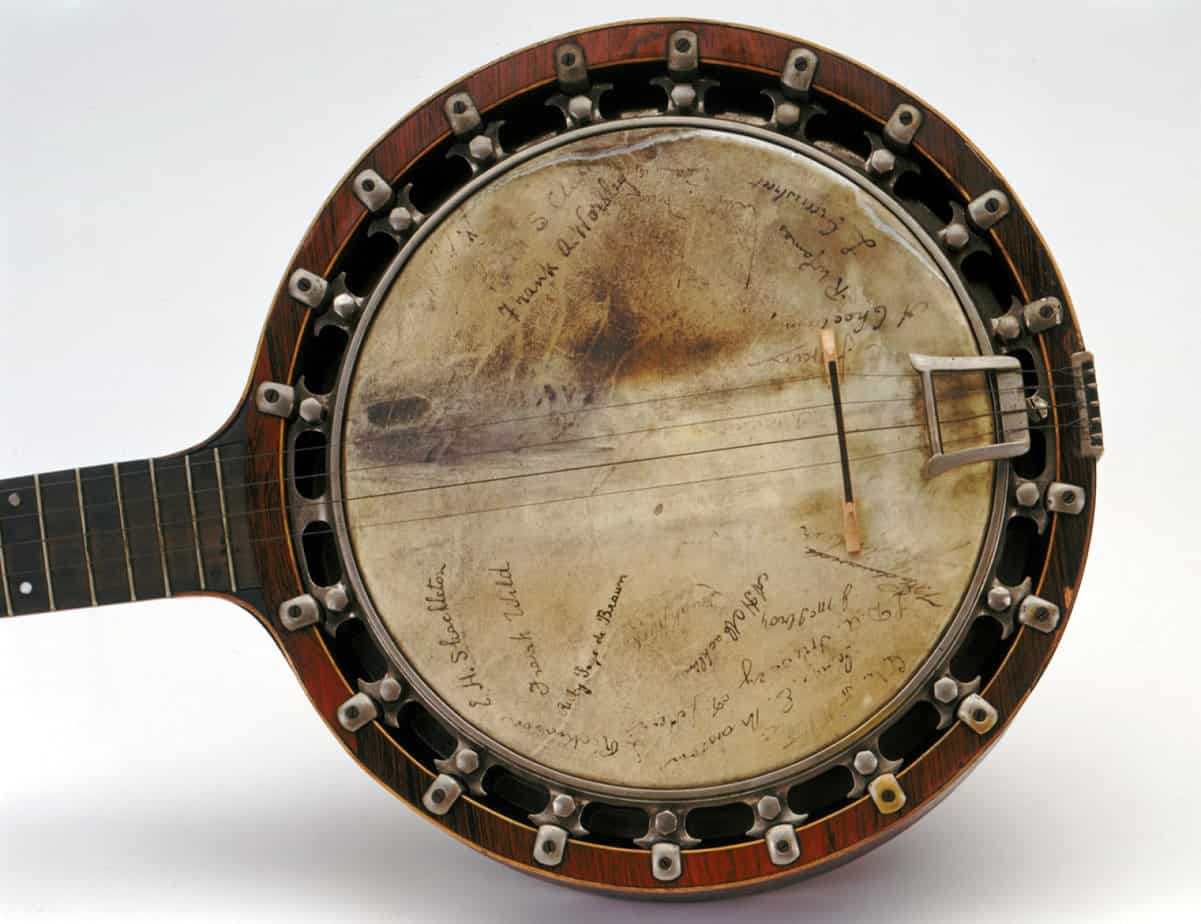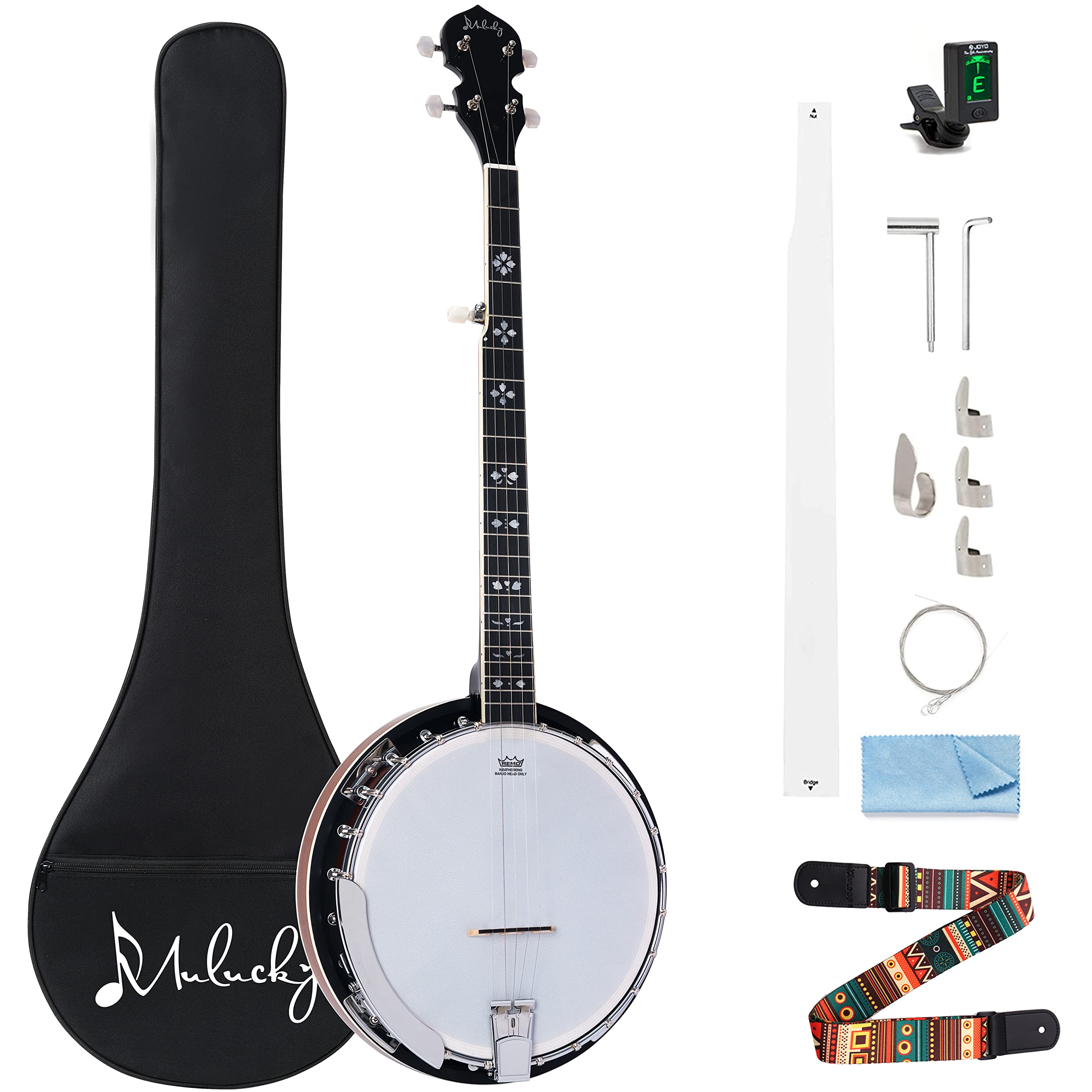As a banjo enthusiast and collector, I know how nerve wracking it can be to ship a banjo. You want to make sure that it arrives safely and securely, so that your precious instrument is not damaged in transit. That’s why I’ve put together this step-by-step guide on how to ship a banjo safely and securely. In this guide, I will provide all the information you need to know to ensure your banjo gets to its destination in one piece. From packing materials to shipping methods, I’ll provide everything you need to know about shipping a banjo. So, if you’re ready to learn how to ship your banjo safely and securely, let’s get started!
Gather Necessary Materials
To safely ship a banjo, it is important to have the right materials. Gather a sturdy shipping box, preferably one that is slightly larger than the banjo itself. Secure packing materials such as packing peanuts, bubble wrap, or crumpled paper to fill the empty space in the box. Reinforce the box with packing tape along all seams and edges. If you have access to a vacuum sealer, use it to shrink wrap the box. This will provide extra protection against the elements. Lastly, make sure you have the appropriate shipping label, address label, and postage.
Prepare the Banjo
- Make sure the banjo is securely in its case.
- Check that all the tuning pegs are tightened.
- Tighten the head of the banjo.
- Check for any loose wires or strings.
- Secure the bridge in its proper position.
- Check for any visible cracks or dents.
- Make sure the frets are free from dirt and debris.
- Inspect the entire banjo for any other damages.
Measure and Weigh the Package
- Unbox the banjo and measure its length, width and depth.
- Find a box that is slightly larger than the banjo and its packaging.
- Weigh the banjo and its packaging with a scale.
- Measure the weight and dimensions of the box with a tape measure.
- Add the weight and dimensions of the banjo and packaging to the box weight and dimensions.
- Write down the total weight and dimensions of the package.
Choose a Carrier
- Research different carriers and compare rates and services.
- Consider the size, weight, and fragility of the item.
- Select a carrier that is reliable, offers insurance, and tracking.
- Schedule a pickup or drop off the package at your nearest carrier office.
Purchase Shipping Supplies
Once you have decided on a shipping method and carrier, you need to purchase the appropriate shipping supplies. You need to make sure you have the appropriate boxes and packing materials to ensure the banjo is secure and well-protected. Boxes should be slightly larger than the banjo itself, allowing for extra cushioning. Bubble wrap and packing peanuts are ideal for filling in any empty space in the box and protecting the banjo from shaking and jostling during transit. Make sure to add the appropriate amount of cushioning to the box before sealing it shut. You should also purchase a shipping tape that is strong enough to keep the box sealed from start to finish. Lastly, you may consider purchasing some type of insurance to ensure the banjo is covered in case of any damages during transit.
Create an Insurance Plan
Shipping a banjo requires special care and protection. It is important to consider an insurance plan to cover any damages or losses that might occur during transit. Here are the steps to create an insurance plan for your banjo shipment:
- Determine the value of the banjo. Estimate the cost of repair or replacement if the banjo is lost or damaged.
- Choose a carrier that offers insurance coverage for shipping a banjo. Most carriers offer insurance plans at an additional cost.
- Evaluate the cost of the insurance plan. Compare the cost to the estimated value of the banjo.
- Purchase the insurance plan that works best for the shipment. Be sure to save the policy number and any other pertinent information.
| Carrier | Insurance Plan | Cost |
|---|---|---|
| UPS | UPS Declared Value | $0.90 per $100 in declared value |
| FedEx | FedEx Protect | $0.90 per $100 in declared value |
| USPS | Insured Mail | $1.30 per $100 in declared value |
When shipping a banjo, it is important to create an insurance plan to cover any damages or losses that might occur. Carefully evaluate the cost of the insurance plan and choose the one that works best for your shipment.
Package the Banjo
Gather the necessary materials: cardboard box, bubble wrap, packing peanuts, packing tape, and a marker. Measure the banjo and find a suitable box, ensuring there is at least two inches of space on each side of the instrument. Place the banjo in the box and fill in any gaps with packing peanuts. Wrap the banjo in several layers of bubble wrap and tape securely. Mark the box with the word “FRAGILE” and the address of the recipient. Seal the box with packing tape and label with the return address.
Address the Package
| Item | Details |
|---|---|
| Address | Write the recipient’s address on the package in the designated area. |
| Apt/Suite | Include the recipient’s apartment or suite number if applicable. |
| City and State | Write the city and state of the recipient’s address in the designated area. |
| Zip Code | Write the recipient’s zip code in the designated area. |
| Return Address | Write the return address in the designated area. This should be the sender’s address. |
Ship the Banjo
- Securely pack the banjo in a double-walled corrugated box with cushioning material.
- Ensure the box is closed securely and no parts of the banjo are protruding from the box.
- Attach the shipping label to the box.
- Bring the package to a local shipping provider.
- Pay for the shipping cost and obtain a tracking number.
Frequently Asked Questions
What steps should I take when shipping a banjo?
Securely pack the banjo in a box that is slightly larger than the instrument to protect it from damage during transit. Wrap the instrument in bubble wrap or other cushioning material. Include a protective layer of packing peanuts around the banjo. Place the box inside another box for extra protection. Seal the box with tape and clearly address it to the recipient. Use a reliable shipping service that offers tracking capabilities. Insure the shipment for the full value of the instrument.
How do I ensure that my banjo is shipped safely and securely?
Pack the banjo in a sturdy cardboard box that is large enough to accommodate it and any additional padding. Use bubble wrap or packing peanuts to secure the instrument inside the box. Make sure the box is sealed tightly, and label it as “fragile” to ensure it is handled with care during transit. Use a reliable shipping provider and consider adding insurance to the package. Track the package online or via the shipping company’s app to ensure it safely reaches its destination.
What supplies are necessary for packing and shipping a banjo?
To securely package a banjo for shipment, you will need a large cardboard box, packing peanuts, bubble wrap, packing tape, and a marker. The box should be large enough to comfortably fit the banjo and absorb shock during transit. Place the banjo inside the box and use packing peanuts to fill the empty space around the instrument. Wrap the banjo in bubble wrap and secure it with packing tape. Finally, clearly label the box with the destination address and “FRAGILE” to alert the delivery service.
Is there any special care that needs to be taken when shipping a banjo?
Yes, special care should be taken when shipping a banjo. It should be securely packaged in a sturdy box and cushioned with packing material such as bubble wrap or foam to prevent it from moving around during transit. It is important to ensure that the package is properly sealed and labeled to avoid any damage. Additionally, it is recommended to purchase insurance for the package to cover any potential damages.
How do I choose the right size and type of shipping container for my banjo?
When shipping a banjo, the size and type of the chosen shipping container are key. It’s important to select a container that is big enough to fit the banjo, yet not so big that it leaves too much room for the instrument to move around in transit. Depending on the size of the banjo and the shipping method, a cardboard box, case, or cardboard/plastic hybrid may be suitable. It’s also important to ensure the container is sturdily constructed and provides sufficient padding and cushioning to ensure the banjo is protected during transit.
Conclusion
Packaging and shipping a banjo is not a difficult task. However, it is important to take the necessary steps to ensure the instrument is properly protected and safely delivered. As with any piece of delicate equipment, always use a sturdy box and packing materials to cushion and secure the banjo during transit. Request a signature confirmation or insurance to give you additional peace of mind. By following these steps, you can ship a banjo safely and securely.

